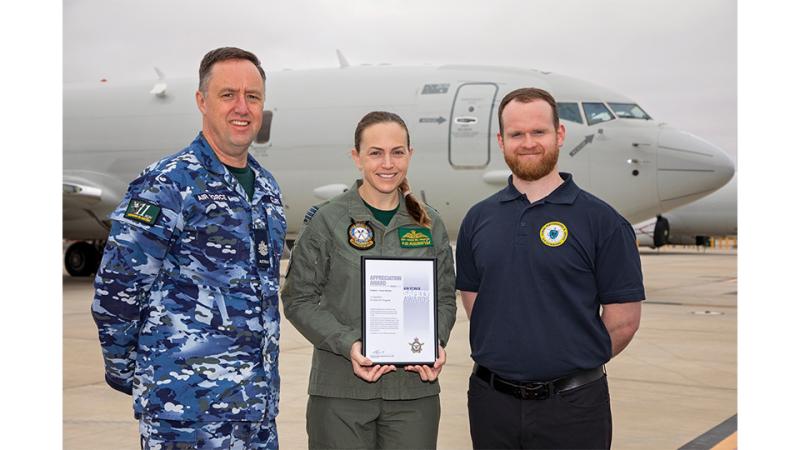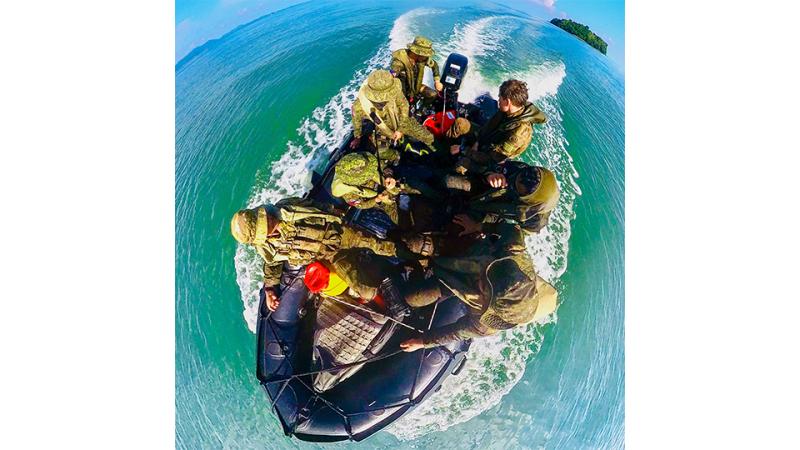17 June 2025
Air Force’s changes to the Physical Fitness Test in November last year presented aviators with different options for measuring individuals' physical preparedness. For some, it’s been a blessing and a challenge.
Squadron Leader Geoffrey Sanders, from HQ Air Command, had been doing the 5km PFT walk for the past 20 years owing to lower body injuries from cycling crashes across his 30 years in Air Force.
He found the walk easy, something he could do “any day of the week”.
When the new PFT was introduced, he was excited about the Wattbike test, given his background in mountain bike racing.
“‘Oh, great’, I thought. ‘I don't have to walk anymore. I can just ride a bike’,” Squadron Leader Sanders said.
“My enthusiasm lasted for all of two minutes when I jumped on the bike.”
After failing, he said he had never been more professionally embarrassed in his life.
As noted on the Air Force PTI SharePoint frequently asked questions, the PFT walk was found not equivalent in VO2max (a universal measure of cardiovascular fitness) when compared to the 2.4km run or the new PFT tests.
Meaning, if you used to walk or require the low-impact option, you will need to adapt your fitness for cycling and increase your VO2max – which was the case for Squadron Leader Sanders.
“I couldn't do anything else, can't do the shuttle, so my only option was to get better on the bike,” Squadron Leader Sanders said.
Using the 13-week Uniformed Services program on the Wattbike app, Squadron Leader Sanders said all you needed to do was get on the bike, sync it with the app and follow the training program.
'I'm just an average guy with injuries. But through training, I was able to pass. It's completely doable.'
The system is fully automated, guiding you on what to do, how fast to pedal, the effort required and the wattage to generate.
As a result, Squadron Leader Sanders not only passed the test, but dropped 12kg of weight in the process.
"I'm not a fit guy," he said. "I'm just an average guy with injuries. But through training, I was able to pass. It's completely doable.”
Leading Aircraftwoman Leilani Bulley, from 453 Squadron, struggled with running due to shin splints, which are aggravated by prolonged impact.
She preferred the new beep test because it involved impact for shorter durations, resulting in less strain on her lower body.
With help from her physio, she reduced her running sessions to once a week and incorporated more low impact high-intensity cardio using the ski erg, rowing machine and assault bike.
After initially failing her first attempt, her new training program gave her the confidence and fitness to come back and pass, along with tips from the PTIs on how to turn at the line.
“They advised me to lean into your front foot and pivot off the line rather than just running and turning in a circle," Leading Aircraftwoman Bulley said. "
"This technique reduces strain on your ankles and knees.”
Although the benefits of being physically fit are well published, the Directorate of Human Performance and Safety is keen to reiterate the impacts to holistic health and wellbeing beyond passing the PFT.


